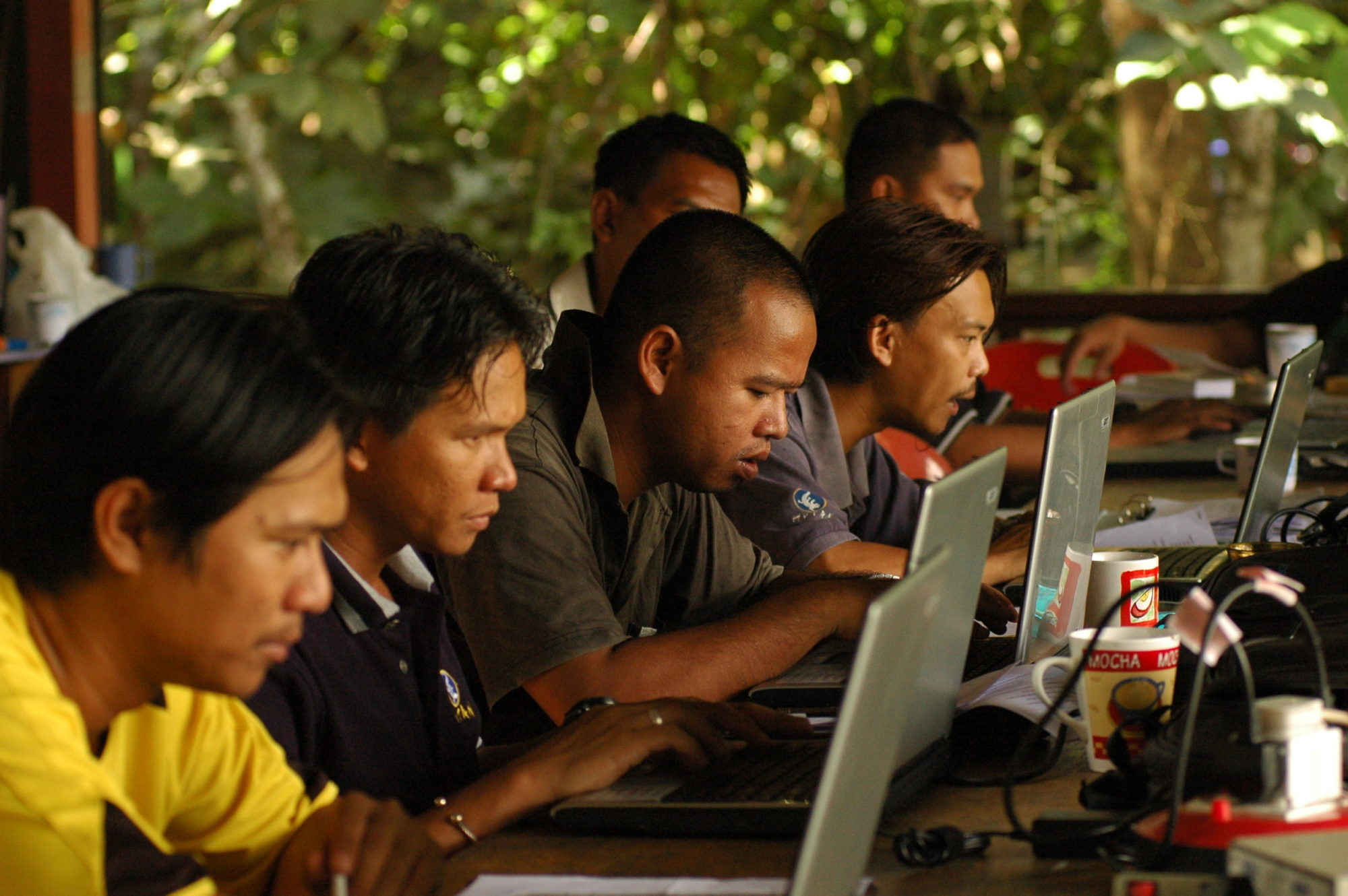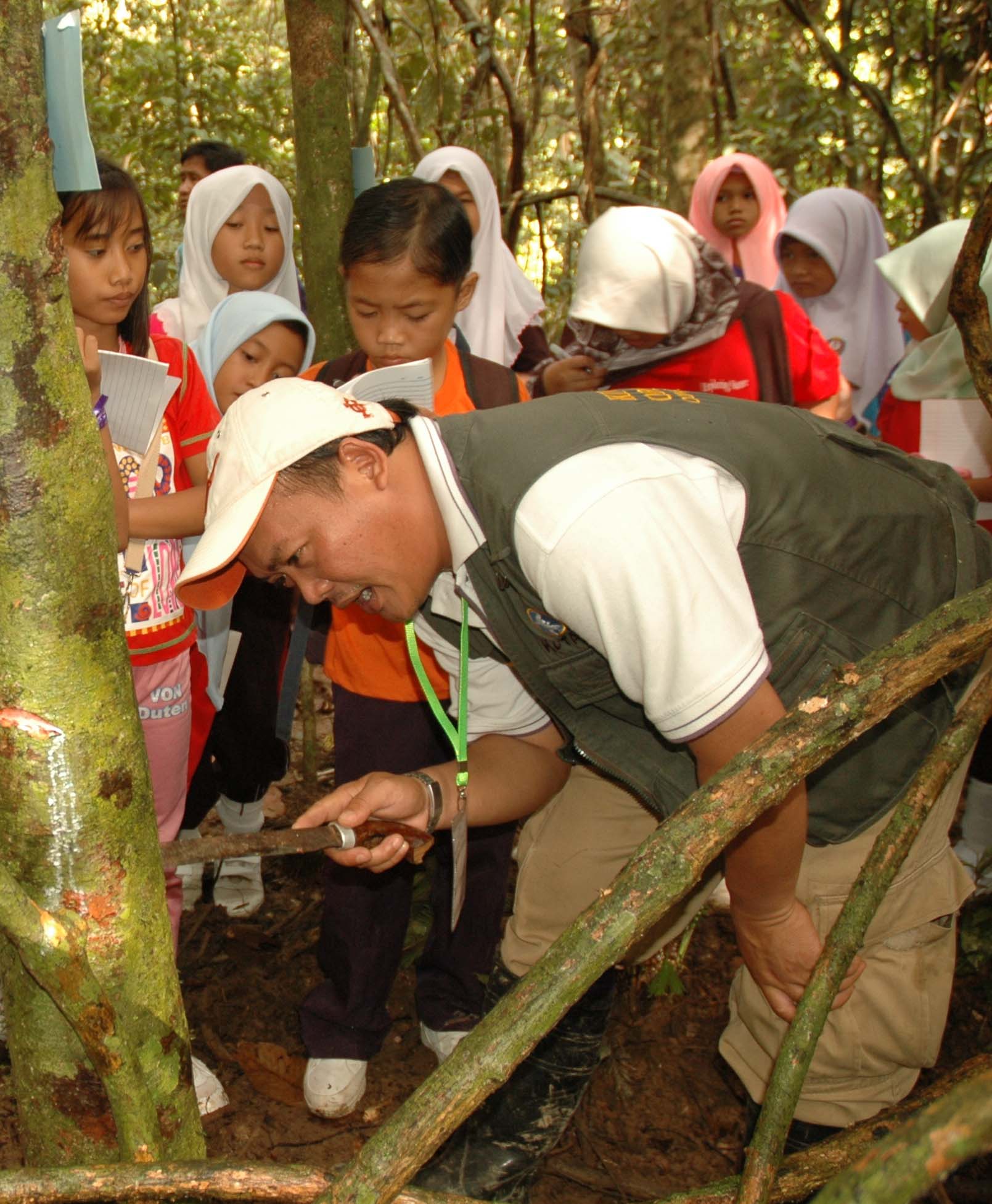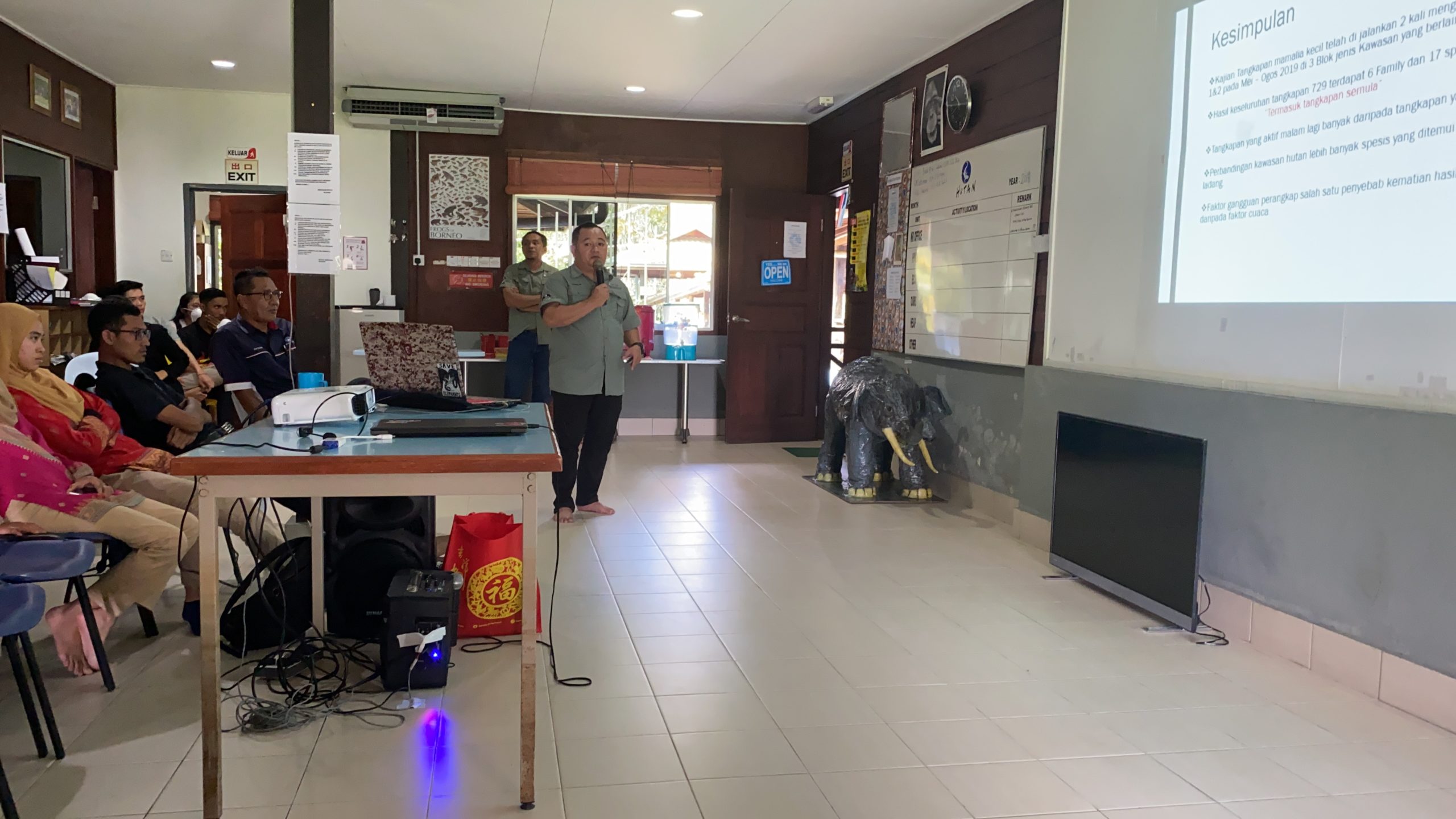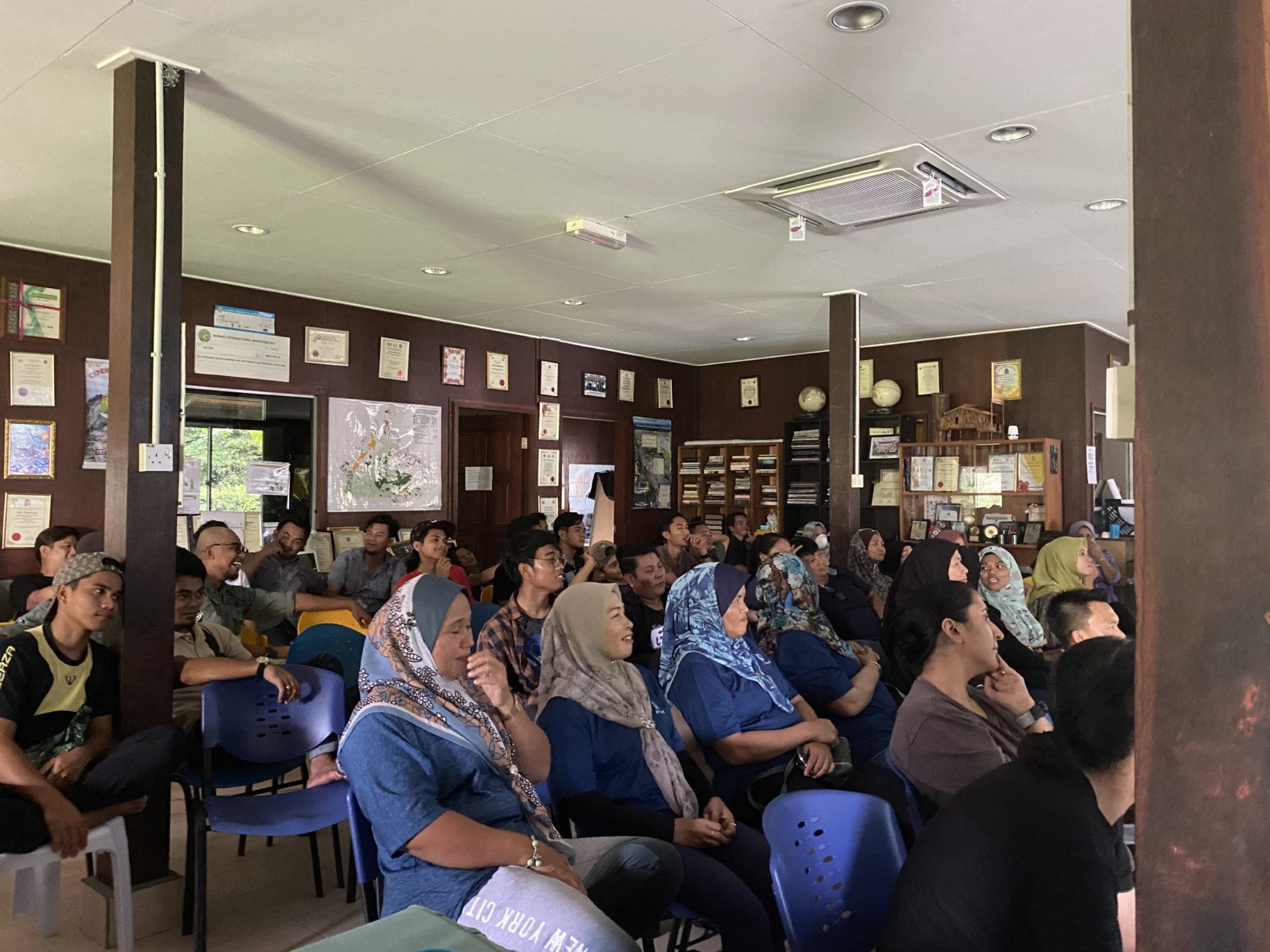Empowering selected community members in the management of their natural resources is the most promising approach to securing the future of the Kinabatangan area.
While initially HUTAN was focused on orang-utan research, the scope of our activities soon expanded to encompass other threatened wildlife as well as various related issues that affected the local community. Over the years, HUTAN has created a training platform to enhance capacity for both government and non-government staff in such areas as biodiversity monitoring, management and protection, research methodologies, mapping and remote sensing, education and awareness techniques, and community engagement.
Showing that preserving wildlife and the environment is an opportunity rather than a liability and can support socio-economic development, is crucial to harnessing the support of all partners for conservation within and outside of protected areas.
Since the beginning of its operations, HUTAN has invested several millions of USD in the Sukau community. Supporting the villagers’ livelihood is done primarily through direct employment and capacity building, but also through the various local initiatives that HUTAN is supporting and engaged in.
The Kinabatangan floodplain is a biodiversity hotspot and a hub for nature tourism. However, most tour operators in the floodplain originate from outside of the villages, and only a small part of the tourism profits is benefiting the community. In 2002, HUTAN decided to support the Sukau Homestay Programme by providing guidance, training, and promotion. This Association currently numbers about ten families. Every year Homestays are accommodating several hundreds of tourists, generating several tens of thousands of USD for the community.
Seedlings used by the Reforestation Unit to recreate forest corridors all originate from local families living in Sukau and nearby villages. We purchase the seedlings from these families before transferring them to the KOCP Collection Center.
A collaboration initiative between HUTAN and the fishermen of Sukau, called “Fishermen for Conservation”, led to the design of new traps (bubu) for catching fish and prawns. Traditionally, these traps were made with tree bark and didn’t last long. The new traps are longer lasting, cheaper to make, and we estimate that over the years, their use has resulted in saving some 500,00? trees that would have been cut down by fishermen to build the traditional traps.
